Top 10 Automotive Displays of CES

This is the first year for AutoGuide.com covering the Consumer Electronics Show. This year, as expected, automobiles had a huge presence at the show.
Here are the 10 most exciting pieces of automotive news to come out of CES this year. For complete coverage, be sure to stop by our show page.
Toyota said that over 5,000 of its fuel cell related patents will be available for other automakers to use royalty free in the hopes that it will lead to more innovation, greater adoption on the technology and reduced costs.
If this works, it could be a huge step towards a more sustainable future. But it’s going to take a serious commitment from other parties. Toyota’s hosting the innovation party, let’s see who shows up.
Thanks to systems like Bosch’s MySpin (which is used in Jaguar Land-Rover products) and Fords AppLink more and more apps are being integrated with an automotive specific interface that is both familiar and easy to use. There were several examples at CES including AudioBooks.com, Rdio, Pandora and Accuweather that are well executed and integrated with the head unit and physical controls
Audi teased the upcoming Q7 at CES as well, showing us a glimpse of the interior atmosphere of its next newest luxury crossover. While you may be impressed with its wood accents, it was the large virtual cockpit that sits ahead of the steering wheel that got the most attention. We’ve seen the same display in the new TT, but this time Audi also included a large display that pops out of the center console. This is accompanied by a large touchpad that sits just north of the re-styled gear selector.
CES is about gadgets, so of course we’re going to gush about BMW’s drool-worthy i8 key-fob. With a touch-sensitive glass display, it can show owners the charge state and total range of the vehicle. Of course you can do other things like lock and unlock the car as well.
BMW brought an i3 to the show that could follow a programmed path without driver input. Test drivers passengers would be waiting for the car to arrive where it would pit itself into park, unlock the doors and wait to be boarded.
This demonstration showed that remote driving is possible with current technology. It has a number of use-case scenarios. For example, at home, you could get out of your car on the driveway and let the car park itself in the garage.
Several automakers had tablets on display that were designed for use by rear-seat passengers. At the Audi booth, the tablets were hooked up to the car via a Wi-Fi connection, while the BMW example used Bluetooth. In both cases, passengers could see the trip and navigation details and modify the media playlist or radio. And then when the trip in the car is over, you can bring the tablets out and enjoy them like any other mobile device.
BMW and Volkswagen both showcased 3D gesture integration this year. BMW showed us a new iDrive interface that incorporated gestures in addition to touch-screen and rotary knob controls. It seemed very simple: answering phone calls can be done with a point of the finger, while changing the radio volume can be done by twirling your fingers.
Volkswagen took that concept a bit further, and got rid of all the buttons in the cabin of the Golf R Touch. That means you can just wave your hand above your head to open the sunroof. It was definitely impressive to see in action, and we’ll see if using these kinds of gestures will prove to be more or less distracting that touch-screens and other controls.
Two major automakers have also joined forces with technology powerhouse QNX. Those two automakers are Ford and VW, which are rolling out cars with QNX based infotainment systems within the year. Ford specifically told us that the reason to switch to QNX was based on the need for reliability in their in-car infotainment systems.
Oh, and the QNX Technology Concept Car based on a Maserati Quattroporte was especially awesome, showing more than just infotainment systems but a whole suite of driver assistance systems.
The Mercedes-Benz F 015 Luxury in Motion concept is designed as a preview to Mercedes’ vision for future luxury transportation. The self-driving F 015 features four lounge-like swivel chairs and the interior is completely covered in interactive screens.
With massive wheels and a long wheelbase for its overall length, the car is designed to maximize interior space. Mercedes has also incorporated a number of LED features. For example, the lights at the front will glow blue if the car is being driven autonomously, or white if driven manually. On the rear bumper, the car can showcase messages, or give other motorists a visualization of what’s happening in front of the car. The car can even project a walkway and talk to pedestrians, letting them know when it’s safe to cross.
The biggest news at CES revolved around the cars we weren’t driving. Several cars on display featured self-driving features. For example, Audi sent a self-driving A7 on a trip that stretched past 500 miles concluding at the show. Audi ferried several members of the media from L.A. to CES in the car with an authorized technician in the driver seat, of course. Audi, Mercedes-Benz and Google are currently the only companies that have permits to test autonomous cars on California’s public roads.

Sami has an unquenchable thirst for car knowledge and has been at AutoGuide for the past six years. He has a degree in journalism and media studies from the University of Guelph-Humber in Toronto and has won multiple journalism awards from the Automotive Journalist Association of Canada. Sami is also on the jury for the World Car Awards.
More by Sami Haj-Assaad



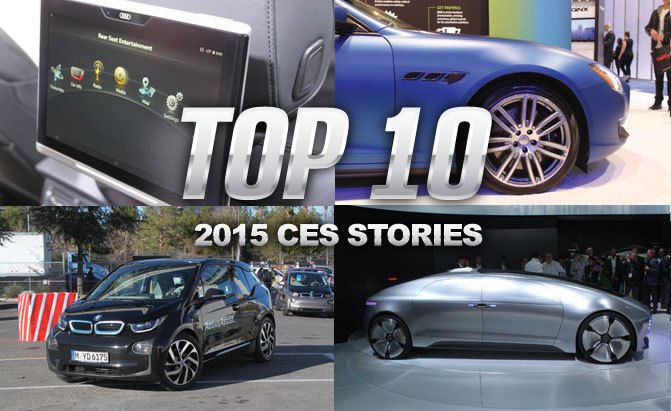


























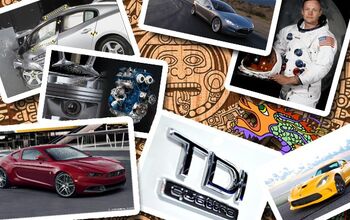

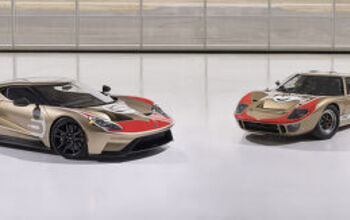
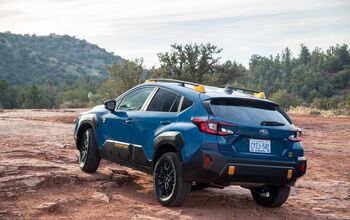




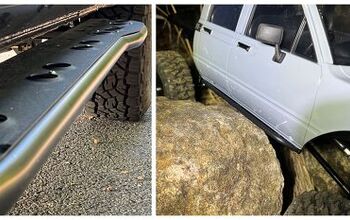
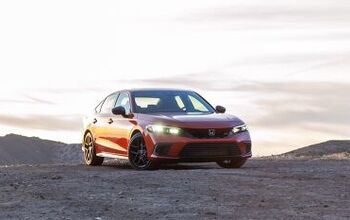


Comments
Join the conversation